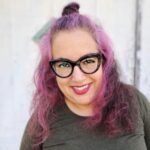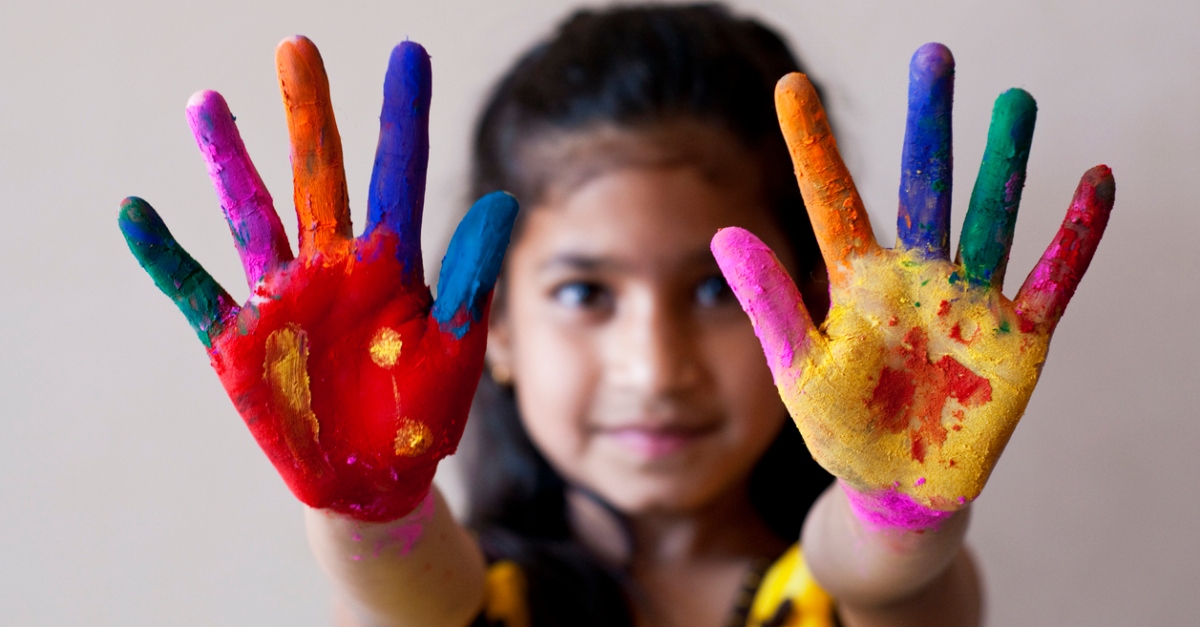
I live in San Francisco, California, and sending your child to a public school here works a little differently than in other places. You don't just get assigned to your nearest neighborhood school; instead, you fill out a form with your top school choices out of around 70-ish public elementary schools in the city and hope you get assigned to one of those choices. The number of possible choices would have overwhelmed me had I not been dead set on sending my kids to a public elementary school with a Spanish/English dual-language immersion program.
Since I absolutely knew that I wanted my children to attend an elementary school with a Spanish/English dual-language immersion (DLI) program, my choice of schools went from 70-ish elementary schools to nine. I filled out the required paperwork, mailed it to the powers that be, and crossed my fingers that we would get our top choice. It worked out for both of my daughters.
Why I Was Dead Set on a Bilingual Education
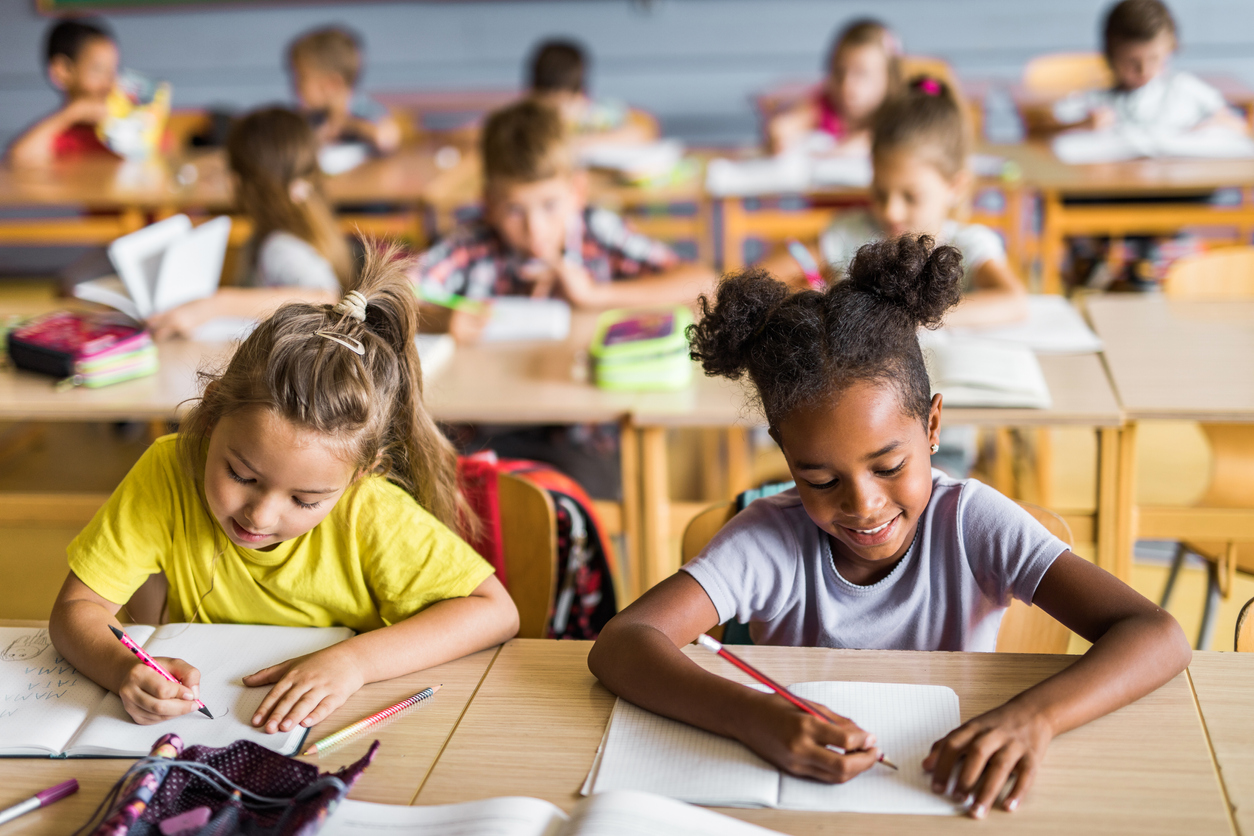
To be honest, the initial reasons that I wanted my children to get a bilingual education were very personal and had nothing to do with the greater good, so to speak. They had to do with how I was raised. I was born in the United States and raised by my mother, an immigrant from Mexico. My first language was Spanish. I learned English informally from society at large and formally at school.
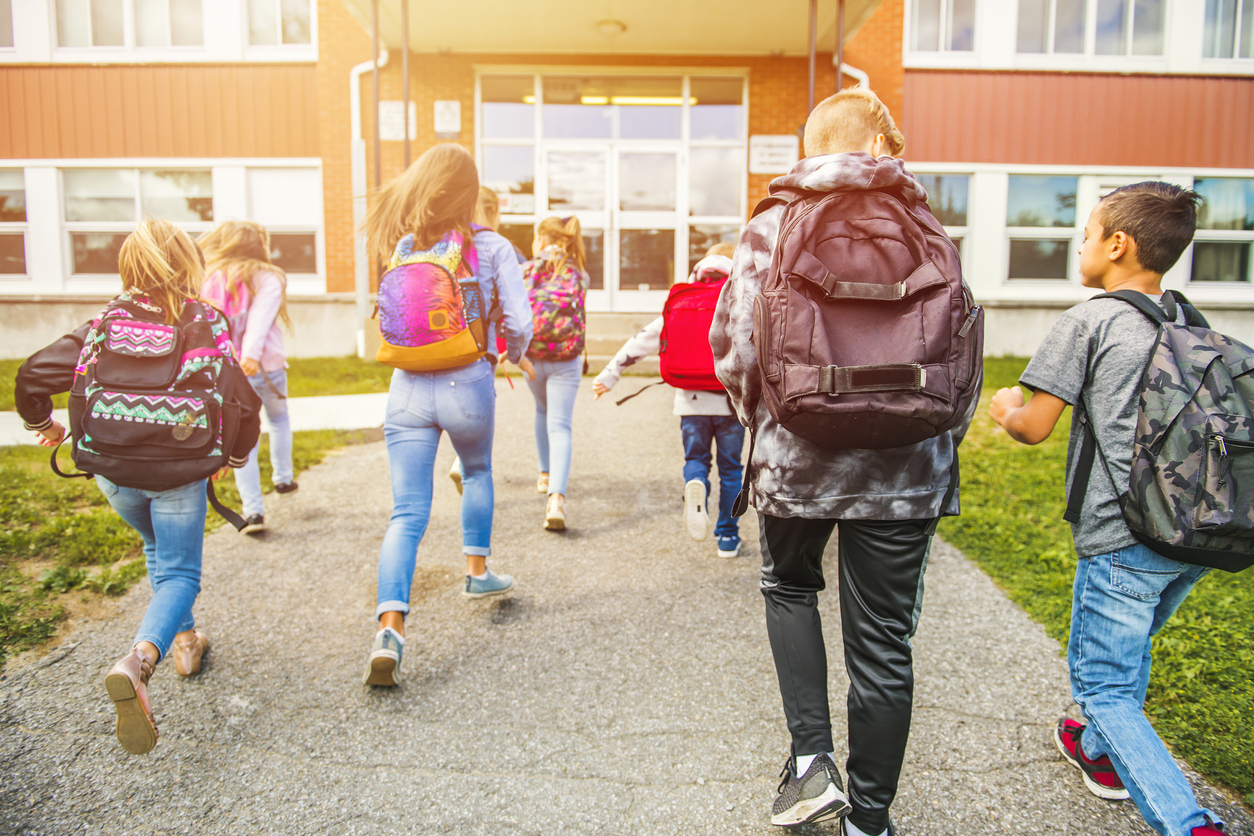
To this day, I am fluent in Spanish — even though most of my interactions happen in English — because I was immersed in the language at a young age. It was the only language I spoke at home and with my extended family when I was a child. I cannot provide that same kind of language immersion for my children because their father does not speak Spanish and we don't live near my Spanish-speaking relatives.
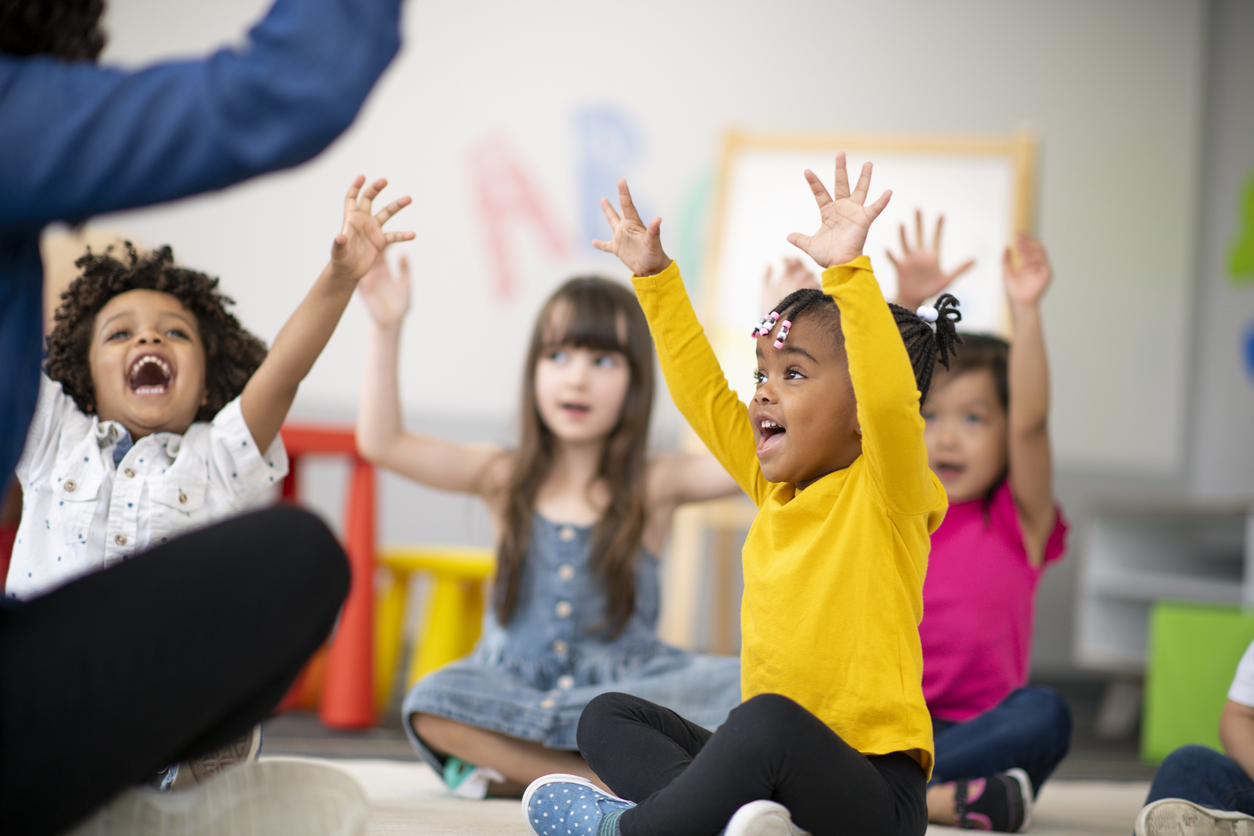
Raising bilingual children wasn't even really a choice for me because being bilingual and bicultural has been one of the greatest blessings of my life, and I want my children to be blessed as well. But I knew that the blessing of bilingualism wasn't something I could bestow on them by myself; I would need the help of a Spanish-speaking village in the guise of a DLI program to help me.
What Is a Dual-Language Immersion Program?
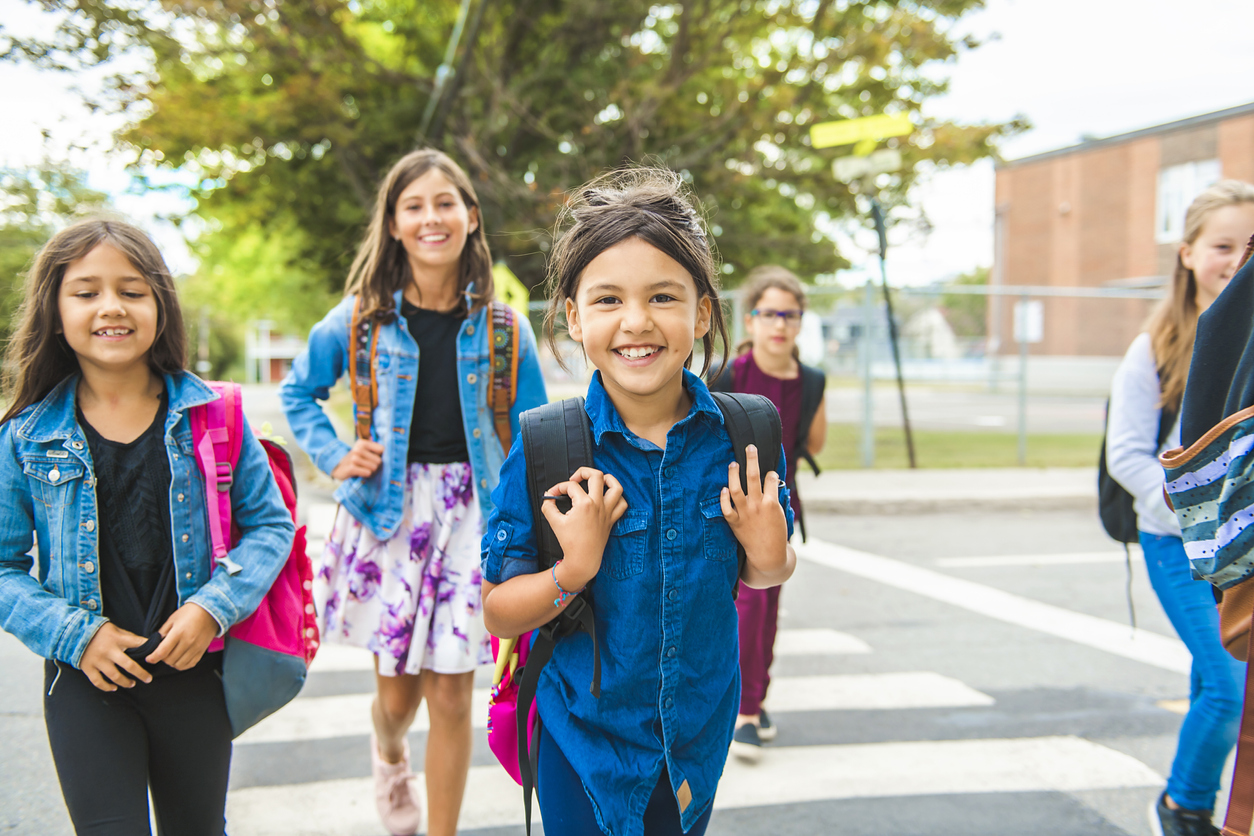
The goal of a dual-language immersion program is bilingualism. Other single-language immersion programs will immerse you in only one language. For example, an English-language immersion program would be taught in English and English only, whereas a dual-language program teaches you in two target languages.
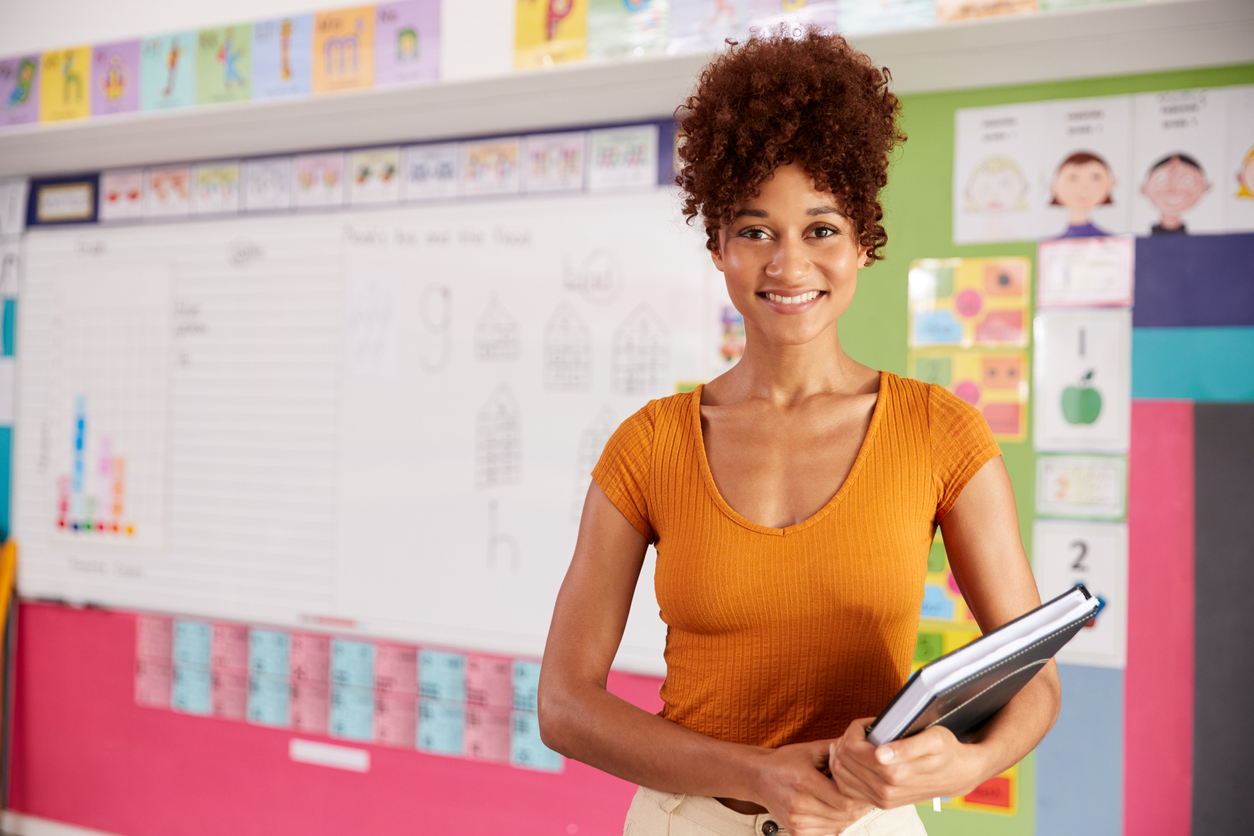
The Spanish/English dual-immersion language education programs in San Francisco start in kindergarten, where the kids receive 80% of their instruction in Spanish and 20% of their instruction in English. As they progress through grade levels, the percentage of English goes up until they are getting 50% of their instruction in English and the other 50% in Spanish.

Ideally, for this type of instruction to work well, students begin in kindergarten with a class that is made up of one-third native Spanish speakers, one-third native English speakers, and one-third Spanish/English bilingual students. This mix of language abilities goes a long way in helping everyone learn both languages, because students aren't just relying on the teacher for help. The monolingual kids can be helped by the kids who are already bilingual, and as they all start to get better in both languages, they can all help each other.
What I Knew My Kids Would Get From a Dual-Language Immersion Program
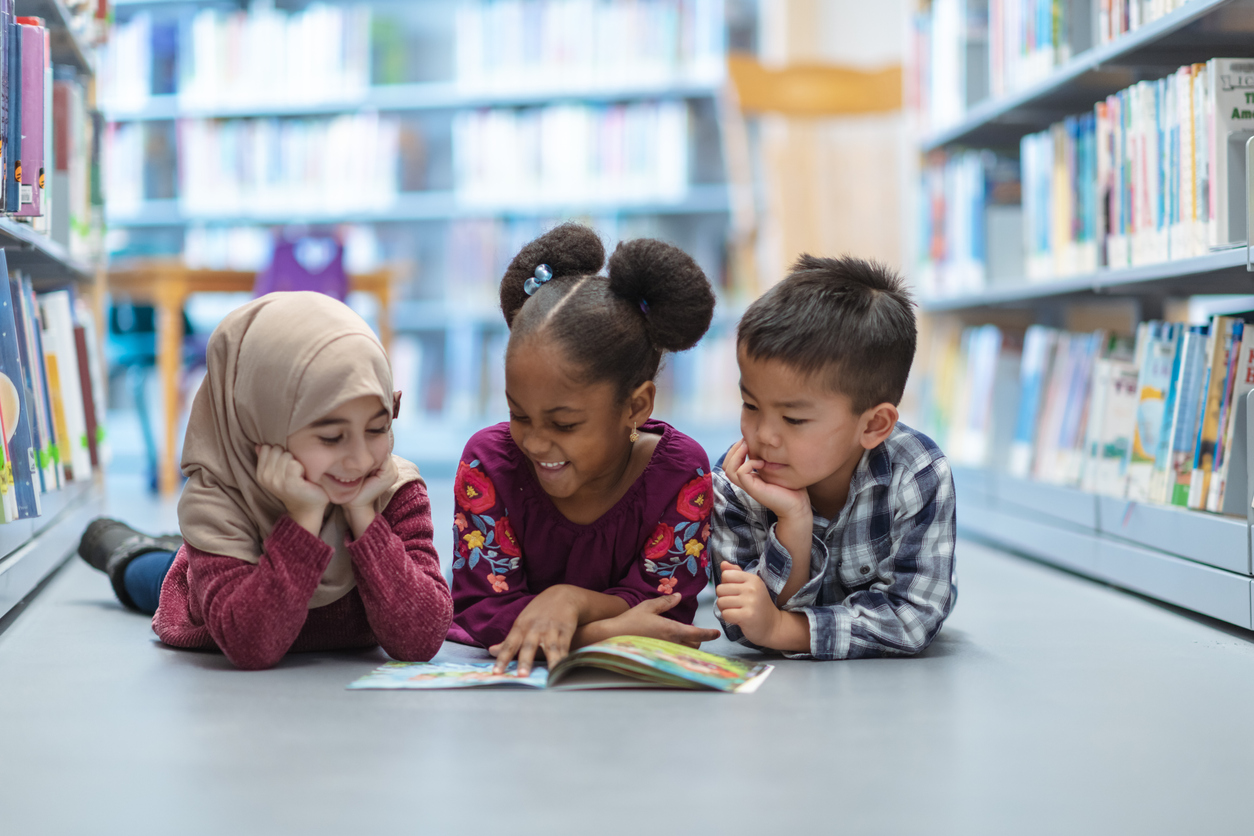
Of course, I knew my kids would become proficient in two languages if they were enrolled in a DLI program — that was obvious. My hope was that my kids would benefit from a truly bilingual education by being able to read, write, and do the whole arithmetic thing in English and Spanish with equal ease. This was important to me because I was never educated in Spanish, and even though I speak and read in Spanish, I don't know how to use accents correctly when writing in Spanish — that makes me bilingual but not biliterate. I want my kids to be biliterate.
What I Didn't Know My Kids and I Would Get Out of a Dual-Language Immersion Program
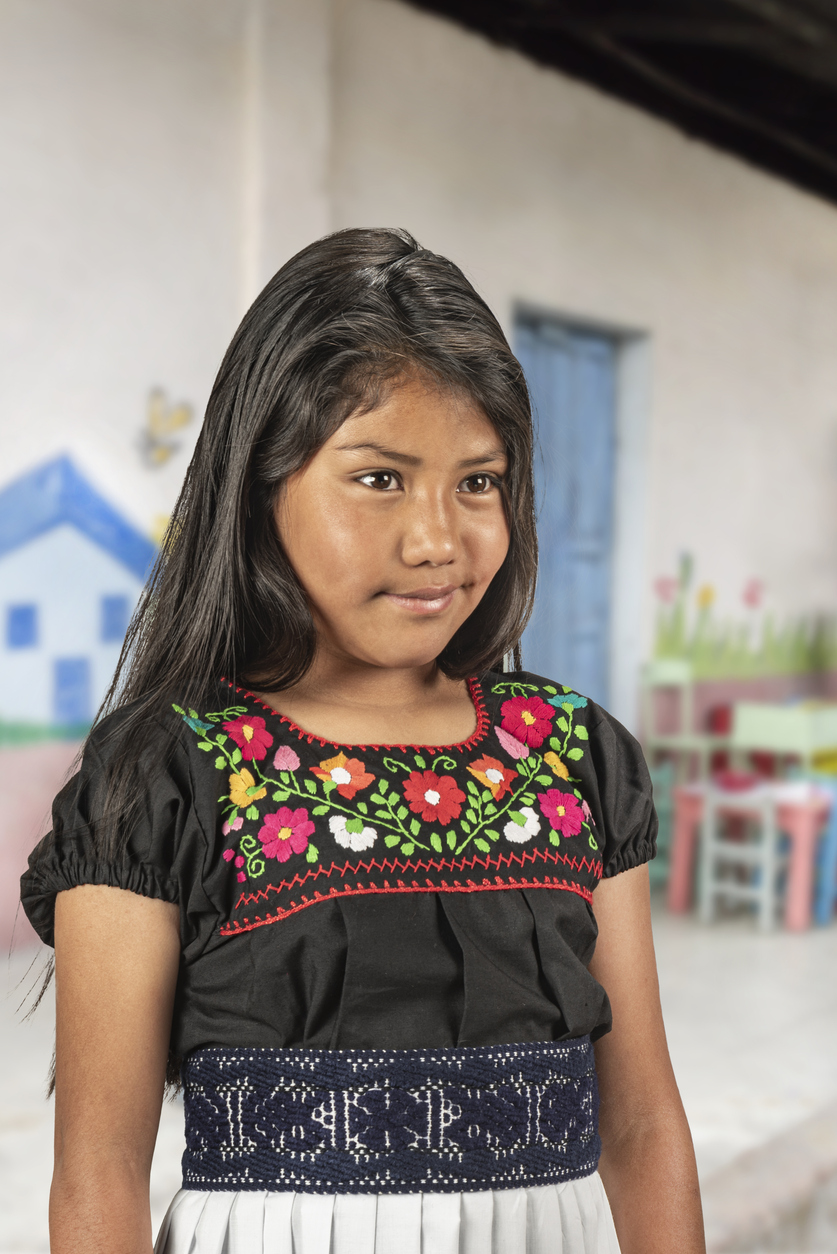
Remember how I said that being bilingual and bicultural has given me all kinds of gifts that I would like my kids to benefit from as well? OK, so I knew I would need help on the language front, and that's why I was determined that they get a bilingual education. What I didn't realize because I myself never had a formal bilingual education is that a DLI program also gives you a cultural education that you wouldn't get in a traditional classroom. It's amazing. They are learning about histories and traditions that I can't teach them because I never learned about them myself.
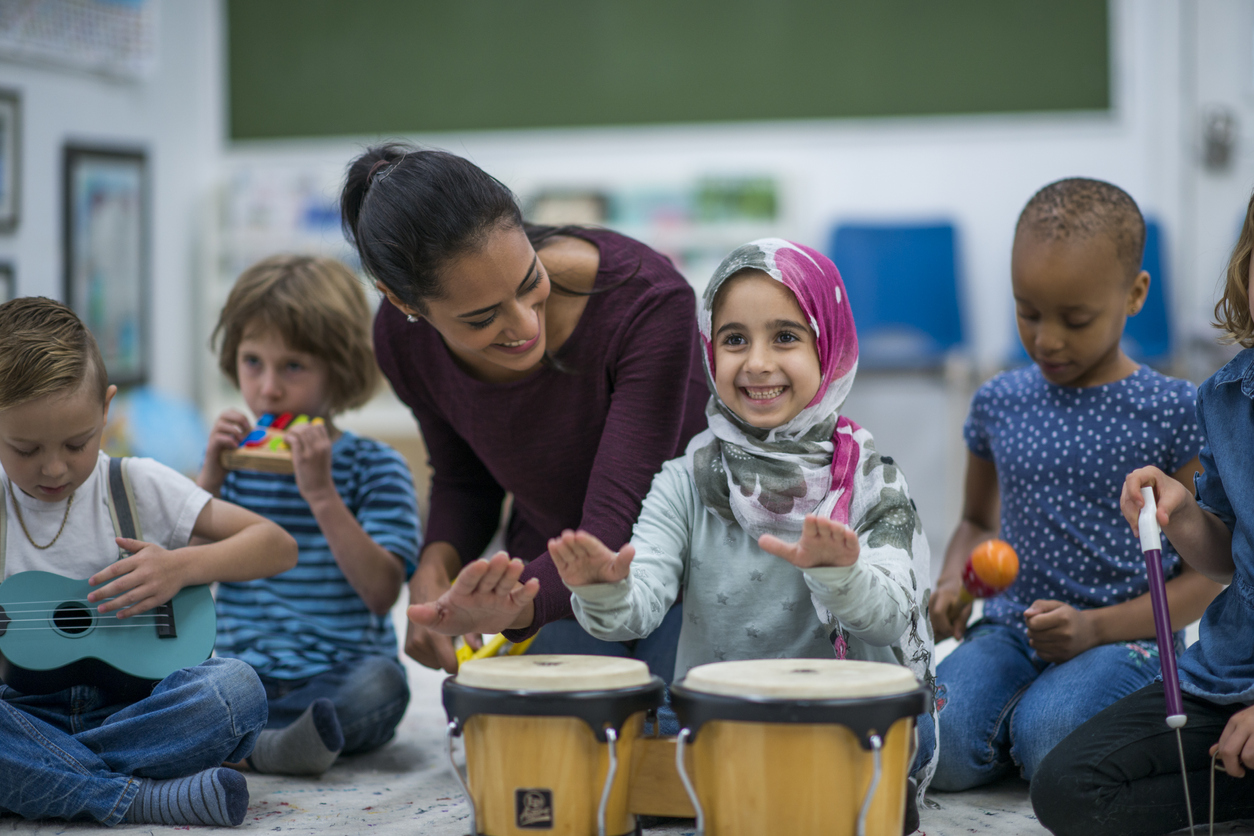
"Through language, they're learning culture, and they're learning about various people groups of that language," says Sharon Huang, founder of HudsonWay Immersion School, a Spanish and Mandarin full-immersion school that has campuses in New Jersey and Manhattan. "As they learn the language and the culture, they are developing the skills of empathy of looking at things from different perspectives and allowing themselves to really experience that culture."
What I Know Now About Dual-Language Immersion Programs

My initial reasons for wanting my kids to go to a bilingual immersion school were personal and for their own good. What I didn't realize is that by giving them a bilingual education, I would also be giving them a multicultural education that is for the good of all.
What Makes This Kind of Knowledge Good for All of Us?
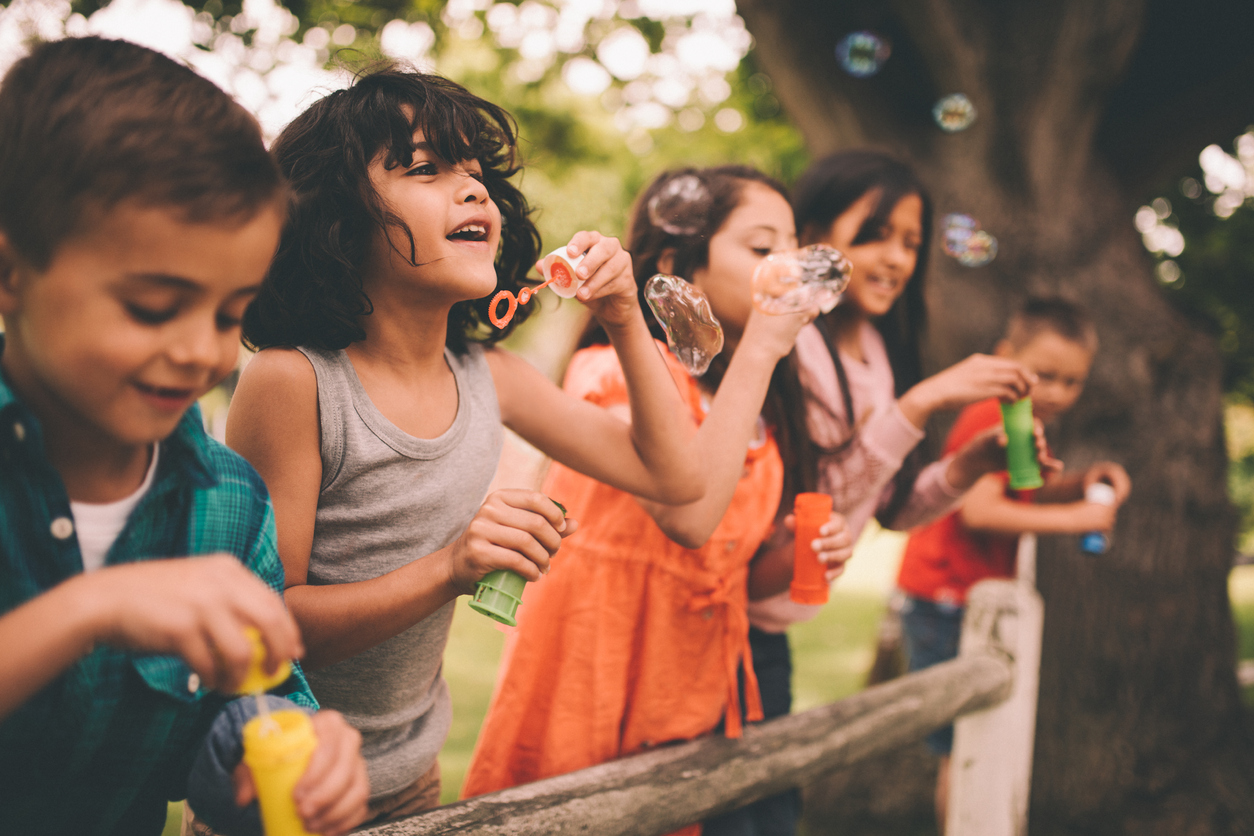
Children who learn about other cultures develop respect and empathy for different perspectives. They understand that not everyone experiences the world in the same way. These children will then hopefully grow up to be the kind of people who fight against injustice, intolerance, and discrimination. Look around — those are exactly the kind of people the world needs most.
